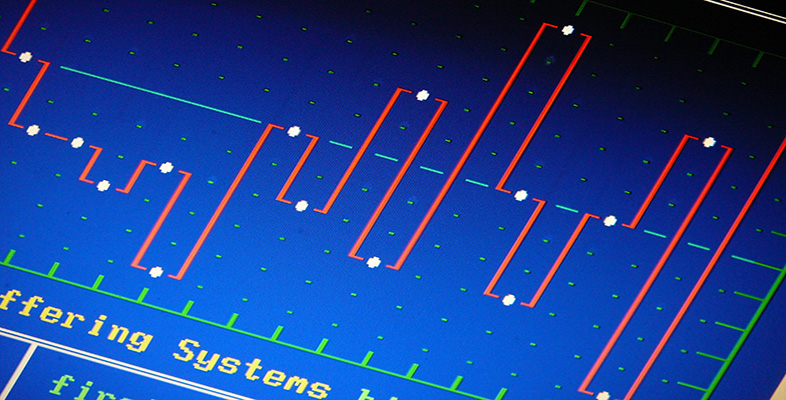2.1 Data sets in different tabular forms
Example 2.1 Lung cancer deaths in South Australia
Table 2.1 contains raw data on the incidence and mortality for lung cancer in South Australia in 1981.
| 0–4 | 47589 | 45273 | 0 | 0 | 0 | 0 |
| 5–9 | 53814 | 50672 | 0 | 0 | 0 | 0 |
| 10–14 | 58561 | 55645 | 0 | 0 | 0 | 0 |
| 15–19 | 59408 | 57756 | 0 | 0 | 0 | 0 |
| 20–24 | 58443 | 57249 | 0 | 0 | 0 | 0 |
| 25–29 | 54341 | 53376 | 0 | 0 | 1 | 0 |
| 30–34 | 53456 | 52978 | 1 | 0 | 1 | 0 |
| 35–39 | 42113 | 41988 | 0 | 2 | 0 | 0 |
| 40–44 | 35648 | 35547 | 2 | 5 | 3 | 3 |
| 45–49 | 32911 | 31799 | 8 | 2 | 10 | 2 |
| 50–54 | 36485 | 35333 | 38 | 8 | 26 | 8 |
| 55–59 | 35192 | 35555 | 61 | 18 | 43 | 8 |
| 60–64 | 28131 | 30868 | 67 | 16 | 57 | 15 |
| 65–69 | 24419 | 27390 | 88 | 15 | 69 | 17 |
| 70–74 | 16613 | 21402 | 60 | 21 | 61 | 21 |
| 75–79 | 9958 | 14546 | 46 | 10 | 46 | 9 |
| 80–84 | 4852 | 9749 | 24 | 6 | 23 | 4 |
| 85+ | 2790 | 7477 | 7 | 2 | 8 | 3 |
A table like Table 2.1 may be adequate for someone who is merely taking a quick look at the data, perhaps prior to carrying out an analysis, but it is not the best way of presenting the figures to most readers. The objectives in producing a table that is actually being used to communicate information are to make the data immediately clear, and to facilitate picking out important patterns in them with the minimum of effort. To this end, there are several guidelines for producing tables which should be borne in mind.
Guidelines for tables
Labelling of rows and columns should be clear and unambiguous.
A table should contain the minimum amount of information needed to communicate its message. This may involve splitting the data into several simpler tables or pooling cells.
It may be appropriate to simplify the numbers in a table to aid speedy comprehension.
Useful summary statistics or calculation results should be added, where appropriate, to help communicate the message.
These guidelines will be followed in relation to Table 2.1 to see what changes they suggest.
